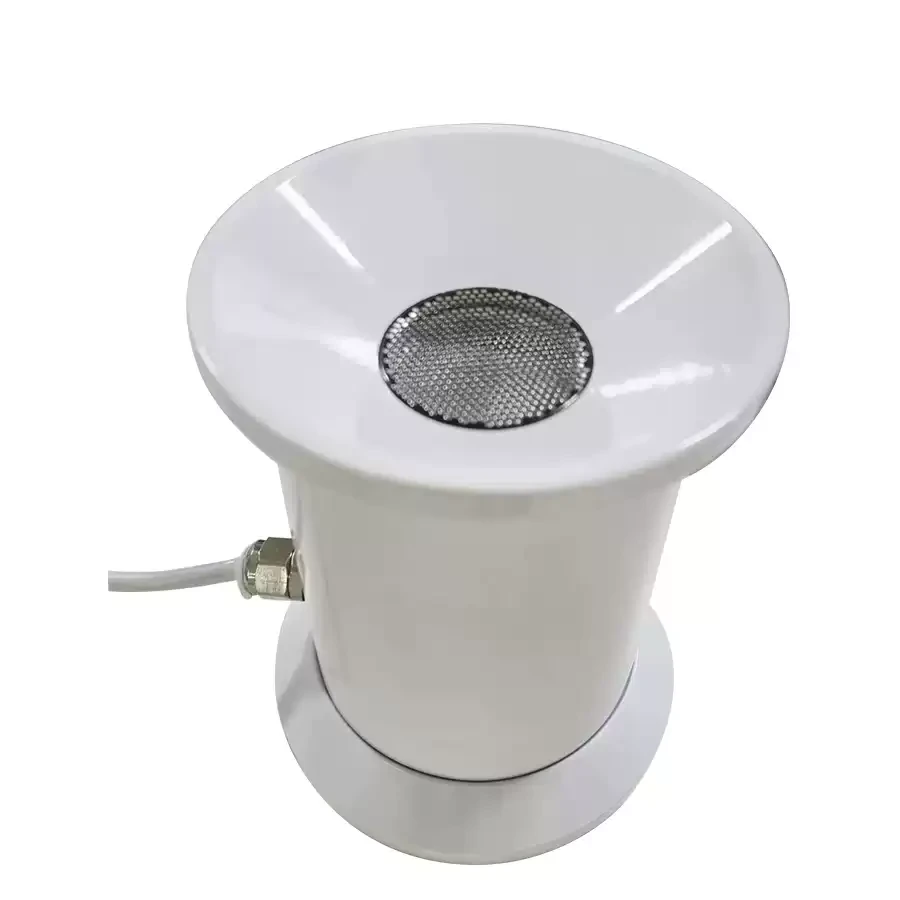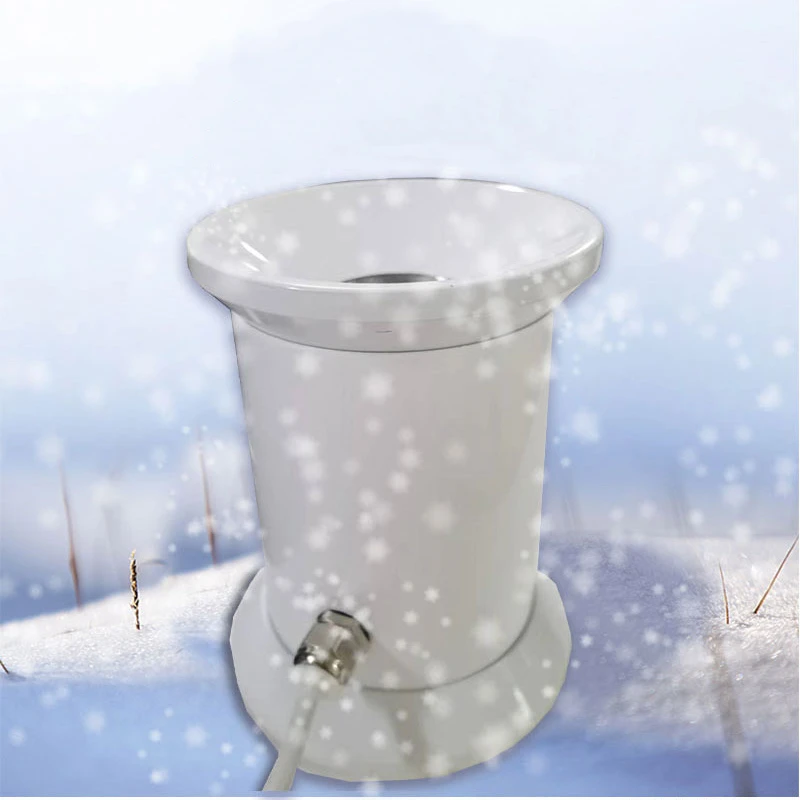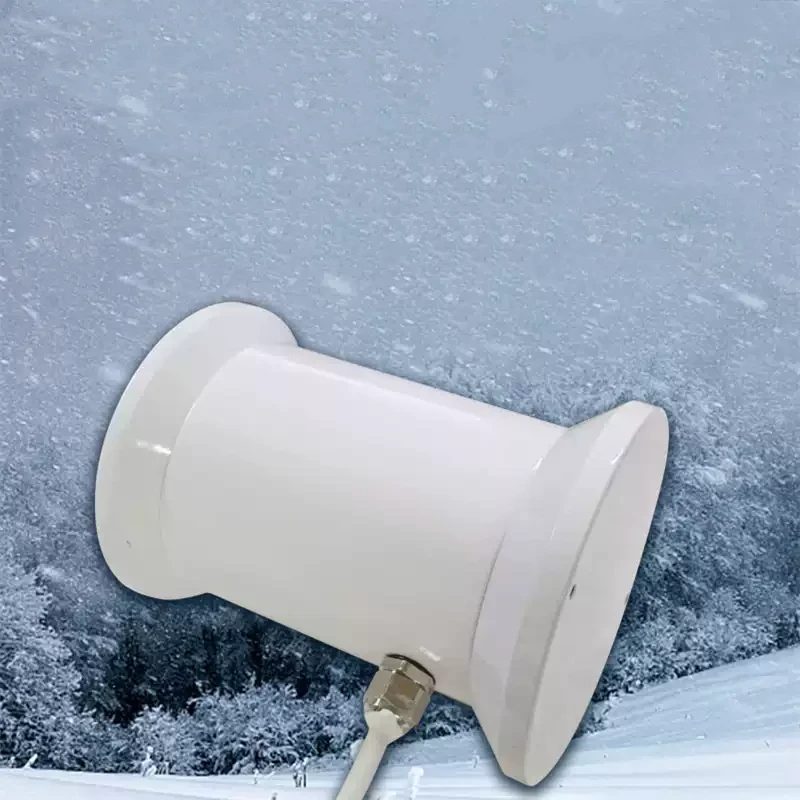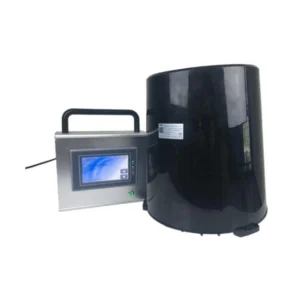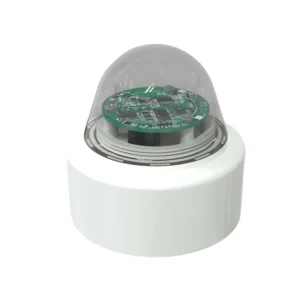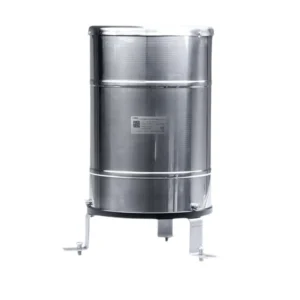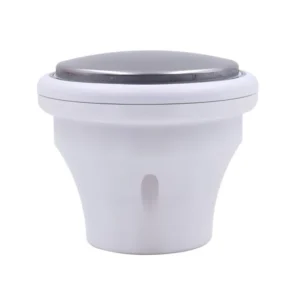Description
CDY-19B Ultrasonic Snow Depth Sensor
CDY-19B Ultrasonic snow depth sensors measure how deep the snow is. They have many helpful features for measuring snow depth. These sensors use ultrasonic waves to work.
The sensor sends out ultrasonic pulses toward the snow surface. These pulses travel through the air and bounce back when they reach the snow and air boundary.
Application
◉Weather Stations: Ultrasonic snow depth sensors are key tools in weather stations. We use them to track changes in snow depth. This data helps with weather forecasts and climate studies.
By measuring snow cover accurately, meteorologists can better understand weather related to snow. This understanding helps us see how snow affects the environment.
◉Climate Research: In studying climate change, accurate snow depth data is very important. Ultrasonic snow depth sensors are key tools. They can record snow depth continuously for a long time.
This helps researchers see how snow cover changes and how it relates to climate change. This data is important for understanding the Earth’s climate system. It helps us predict future changes.
◉Snowmelt Runoff Prediction: In mountain areas with a lot of snow, spring snowmelt is an important water source. Ultrasonic snow depth sensors can measure snow depth in real-time.
When combined with other weather data, like temperature and rainfall, hydrologists can predict snowmelt runoff. This information is very important for managing water resources, controlling floods, and preventing droughts.
◉River Basin Water Balance Studies: To understand the water balance in a river basin, we need to measure different water sources and sinks accurately.
Ultrasonic sensors give us snow depth data. This data is an important part of the process. It helps researchers see how much snowmelt adds to the river basin’s water. This also helps them understand the water cycle in the area.
◉Road and Highway Management: In winter, snow-covered roads can be very dangerous for drivers. Sensors can be set up on roads and highways to measure snow depth in real-time.
This information helps transportation departments know when to clear snow and treat the roads. This keeps traffic safe and flowing smoothly. When the snow gets deep enough, departments can quickly send out snow plows. They can also use anti-skid materials.
◉Airport Runway Monitoring: At airports, the runway’s condition is crucial for safe flights. Sensors check the snow depth on the runway and in nearby areas. This helps airport workers clear the snow quickly. It keeps the runway safe for take-off and landing.
Ultrasonic Snow Depth Sensor News
How does a rain sensor work?
What are the advantages and disadvantages of tipping bucket rain gauge?
What is a Raindrop Sensor?
